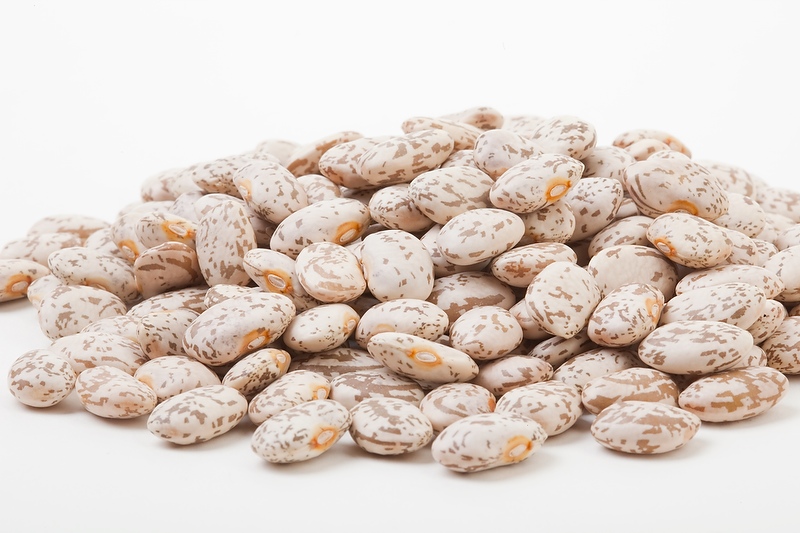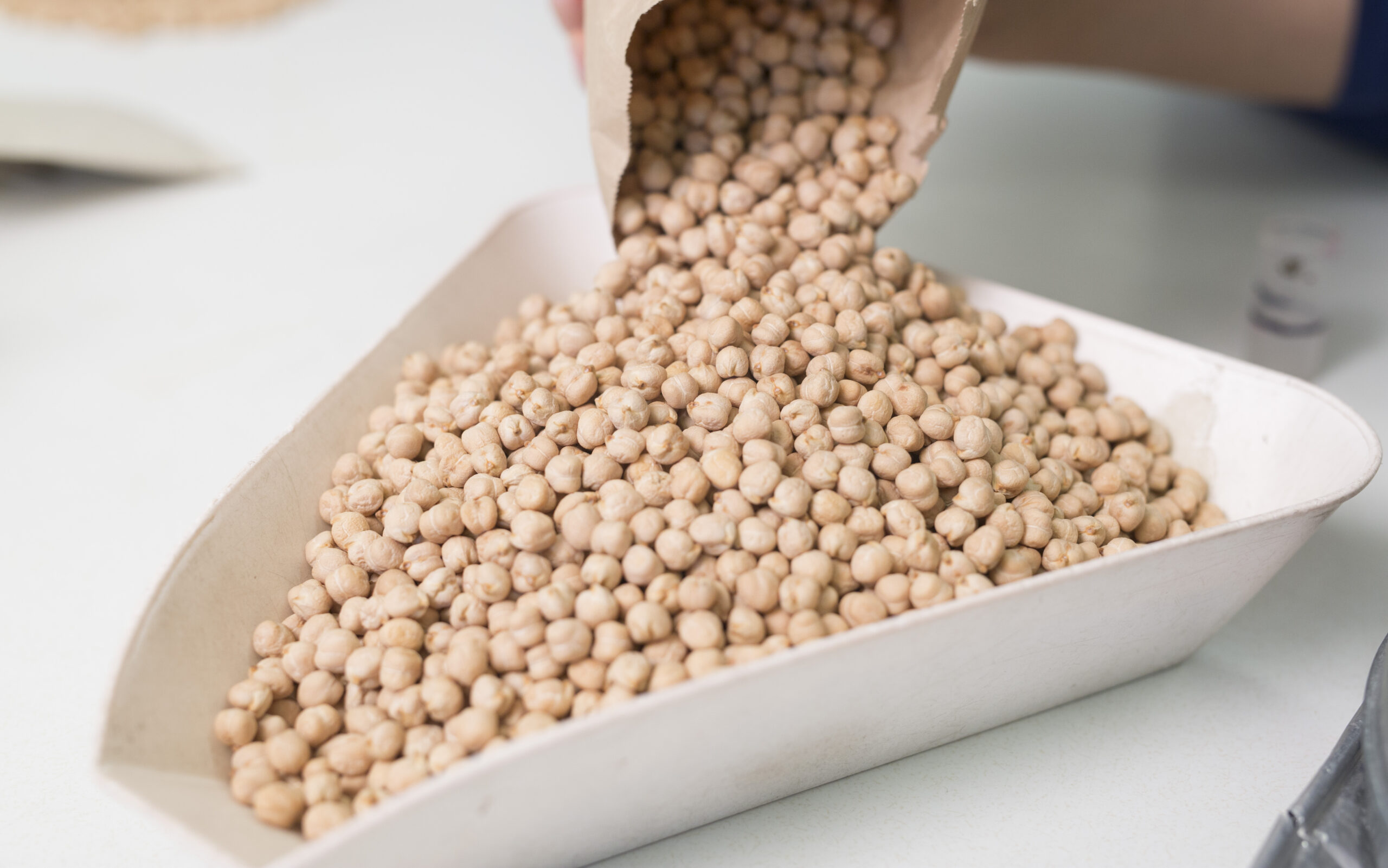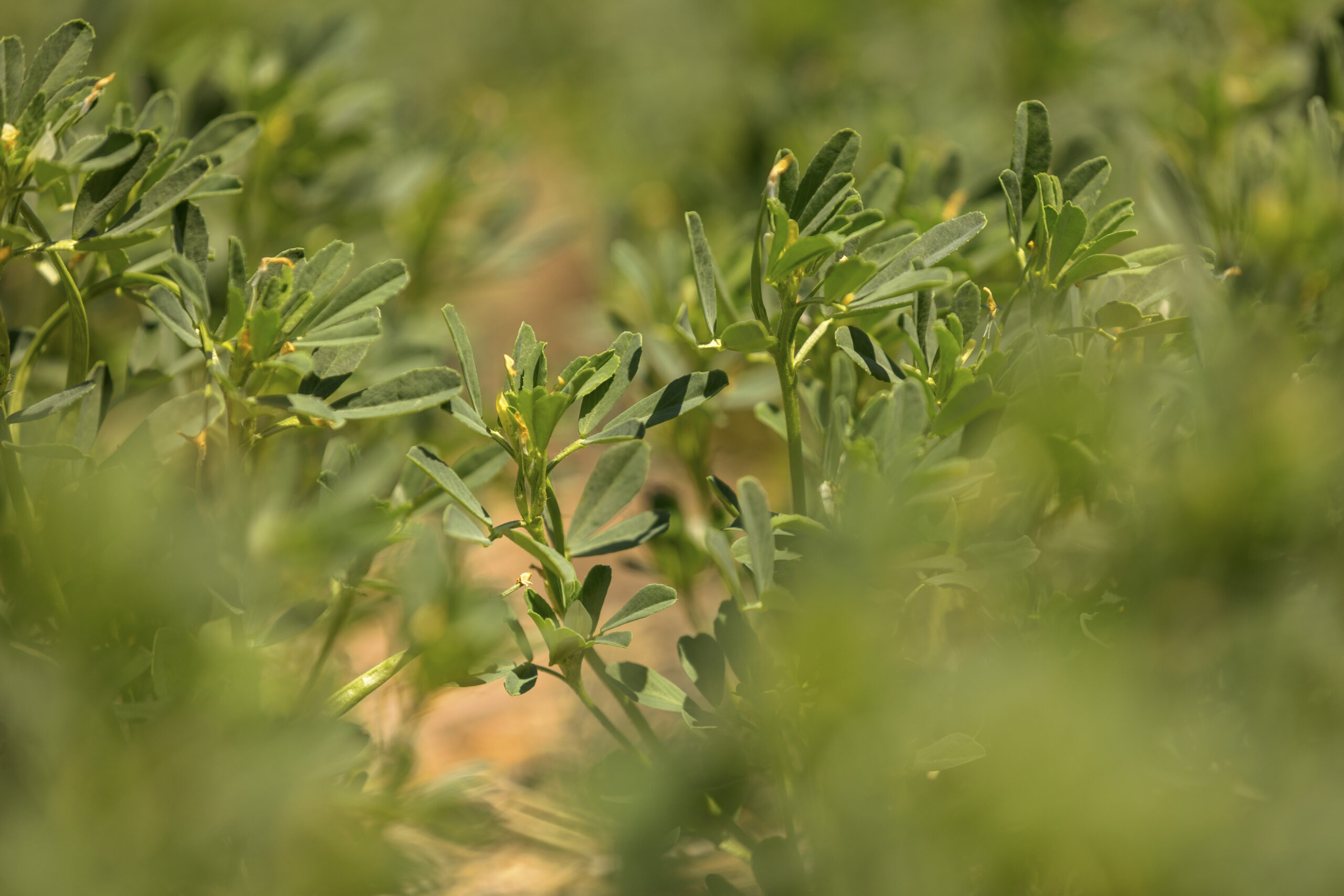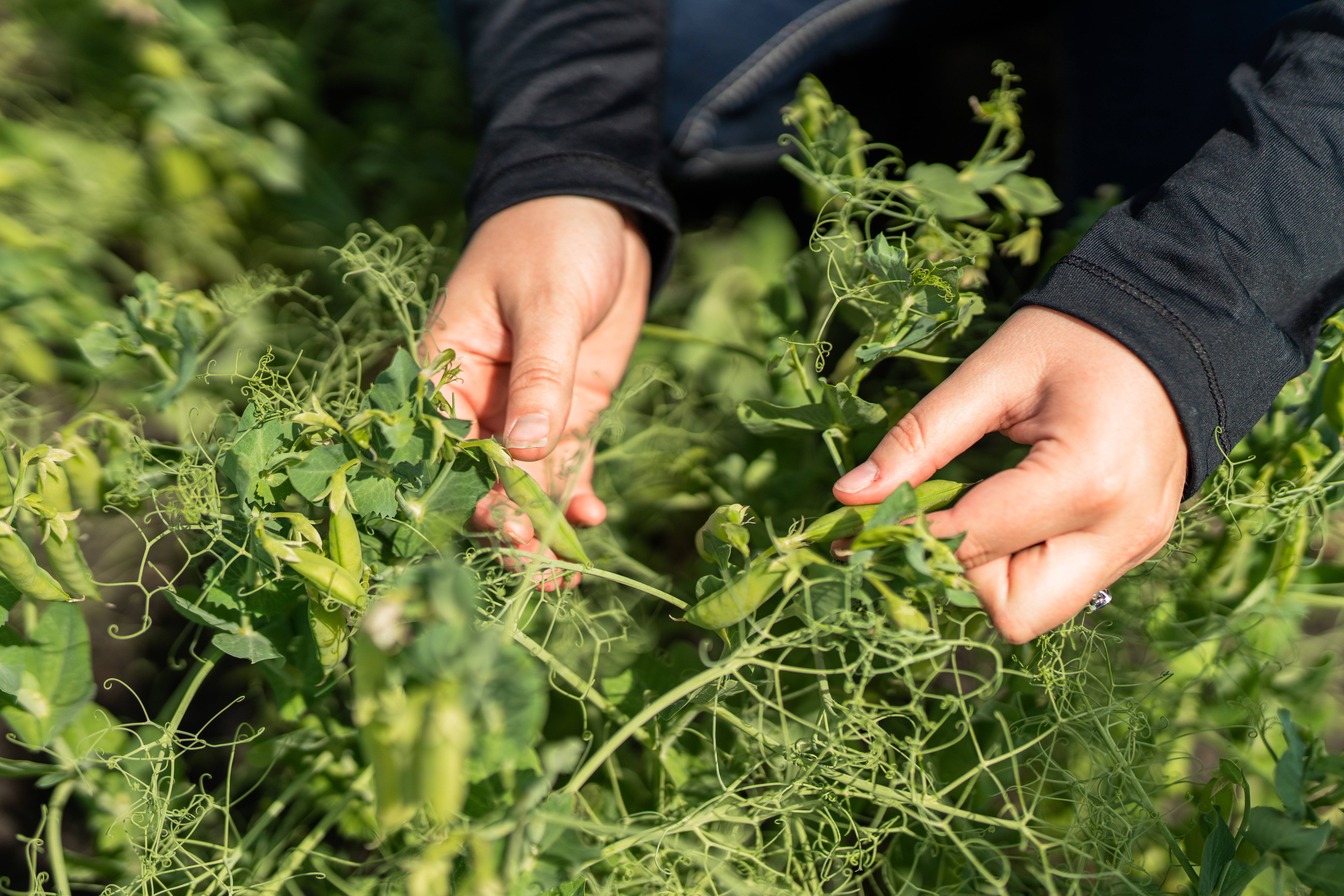Each year, Dr. Peter Pauls and his team in Guelph, Ont., create hundreds of dry bean lines on the scientific hope that some of them will make it through a rigorous testing process and meet, or exceed, the current industry standards to become new varieties that farmers want to grow.
Dr. Pauls is the principal researcher for the “Breeding for Sustainable and Profitable Bean Production in Ontario” Pulse Science Cluster project.
“The main objective of the research project is to use conventional breeding practices to develop improved bean varieties that farmers will want to grow and consumers will want to eat,” says Dr. Pauls. “The lines that have been developed have improved yield and harvestability, and improved disease resistance and consumer appeal.”
The timeline for bringing a new bean variety into existence is a multi-year process. Every year, Dr. Pauls and his team make 200 novel combinations, or crosses, from selected parent lines. From those lines, it takes six years before advanced lines are ready to test. Once the advanced lines are ready for further testing, they undergo two additional years of provincial trials, which includes cooking and canning tests.
“The main challenge in the work is to identify the one or two winning lines out of the thousands that are screened each year,” says Dr. Pauls. “Varieties that are as good, and hopefully better, than the current industry standard varieties can receive support for registration by the Canadian Food Inspection Agency. Over the last five years, 20 improved bean lines in different market classes have been released and commercialized by various companies in North America as a result of this project, including seven navy, three black, two dark red kidney, one white kidney, four cranberry, one kintoki, and two pinto bean varieties.”
In 2022, the Guelph-developed kidney bean variety OAC Dynasty, created by Dr. Pauls and fellow bean breeder Tom Smith, won SeedWorld Group’s Seed of the Year award.
“OAC Dynasty increases yields by 15% compared to other varieties of [dark red] kidney bean,” read a release from Germination Magazine announcing the winning seed.
On a five-year average, according to data provided by Dr. Pauls, OAC Dynasty outperformed competitive varieties by more than 600 pounds per acre (lb/ac), resulting in a net increase of more than $300 per acre for farmers.
The Ontario Bean Growers has estimated that, based on 15,000 acres of OAC Dynasty grown in the province and sold at $300/acre, the economic impact of the plant breeding program that developed this variety is over $4 million for the dark red kidney bean market class,” says Dr. Pauls.
With the fast pace of agricultural advancements in the dry bean industry, Dr. Pauls recommends farmers stay on top of new bean varieties available to them, and that in order to experience higher yields and better disease resistance these new lines have to offer, farmers should be switching their varieties on a regular basis.
“The website https://www.gobeans.ca/ gives head-to- head comparisons of the performance of new varieties in replicated trials conducted in Ontario annually,” he says. “The potential for developing varieties with new traits, such as better nitrogen fixing capacity, post- harvest non-darkening seed coats, and enhanced protein content is significant.”

Project: Breeding for sustainable and profitable bean production in Ontario
Industry Funder: Ontario Bean Growers
Project Cost: $1,496,974
Project Completion Date: March 31, 2023



